Symbolically speaking, the spirit of Cornell Capa, ICP’s founder and first director, will surely always lodge wherever ICP makes its home. But, in moving from its midtown facilities, ICP had the opportunity to exorcise the mournful ghost of Richard Whelan by committing itself to serious, unbiased Capa scholarship at long last.
The new ICP Museum at 250 Bowery represents, among other things, the first home for the International Center of Photography in which Cornell Capa (1918-2008) never set foot, and in whose location and design he had no hand. It is also the first ICP home with no office for authorized Capa biographer Richard Whelan (1946-2007), just as the new location for ICP’s collection, MANA Contemporary in Jersey City, is the first site of the Robert Capa and Cornell Capa Archive unvisited by Whelan — the Archive’s original Consulting Curator — in the flesh.
One might think both spaces unhaunted by the ghosts of Cornell and his junior partner in the promulgation and dissemination of the Robert Capa myth. Yet, for this visitor at least, that’s not the case. I don’t mean to suggest that their revenants stalk the corridors in either facility. But both the museum and the collection remain contaminated by the policies and practices enacted autocratically on behalf of that myth by Robert Capa’s younger brother, and dutifully observed by his scholar for hire.
Mark Lubell, ICP’s current director, and Cynthia Young, inheritor of Whelan’s position as curator of the institution’s Capa Archive, muffed their best chance to wipe the slate clean ritually this past spring. Simple enough for them to use that occasion — the 72nd anniversary of D-Day — to celebrate the undeniable facts that Capa landed on Omaha Beach on June 6, 1944 and made ten exposures there, without recommitting themselves to the mythification of those events.
Instead, on June 6, 2016, ICP published this grammatically challenged post on the institution’s Facebook page:
“During the D-Day landing at Omaha beach [sic], Robert Capa shot four rolls of 35mm film — only 11 frames survived. By accident, a darkroom worker in London ruined the majority of the film.”
International Center of Photography Facebook post celebrating Robert Capa’s D-Day photographs, June 6, 2016, screenshot
Clearly a strategic decision on the parts of Lubell and Young, this calculated rededication of ICP to the Capa D-Day fable — even in the face of John Morris’s retraction of the bulk of this long-lived fiction — indicates that they see it as so integral to ICP’s identity that they cannot relinquish it. Though I consider their decision misguided, as a researcher I appreciate the evidence they provide of how, even in death, Cornell Capa’s psychological need to enshrine his brother’s memory continues to hold ICP in thrall.
Protecting the Brand
“We are a research institution!”
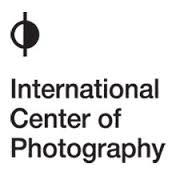 So Cynthia Young, current curator of the Robert Capa and Cornell Capa Archive at ICP, assured me as I left at the end of my second visit on September 29, 2014. Obviously, we have very different definitions of that function. From my perspective, they look more like an intellectual-property management and public relations/marketing operation — specialists in the care and feeding of the Capa myth who see protecting the brand as their primary goal.
So Cynthia Young, current curator of the Robert Capa and Cornell Capa Archive at ICP, assured me as I left at the end of my second visit on September 29, 2014. Obviously, we have very different definitions of that function. From my perspective, they look more like an intellectual-property management and public relations/marketing operation — specialists in the care and feeding of the Capa myth who see protecting the brand as their primary goal.
As I have demonstrated in the preceding posts about ICP (as well as elsewhere in this series), Cornell Capa and Richard Whelan colluded — between themselves, but also with others, including John Morris and the members of Magnum — to fabricate and disseminate profitable fictions about Robert Capa, and to obstruct independent research on that photographer and subjects related to him. This is the original sin of ICP, the expunging of which requires, first and foremost, confessing it, followed immediately by the making of amends and the enunciation of policies and practices preventing such behaviors in the future.
What They Knew, When They Knew It
The evidence indicates that Cornell Capa always knew that his brother Robert had fabricated the fiction of the making of “Falling Soldier” as well as the fable of the D-Day images. To what extent Cornell shared that knowledge with his tractable underling, biographer and curator Richard Whelan, we don’t presently know. (Access to their papers, promised to commence in 2017, may shed some light on that.)
However, upon his receipt of Hansel Mieth’s 1982 letter to Whelan regarding Robert’s conversation with her husband Otto Hagel about “Falling Soldier,” Whelan had formal notification that Capa had staged that event. And the semantic contortions to which he subjected the narrative of Capa’s actions on D-Day and the subsequent fate of his negatives — in his 1985 biography and subsequent publications, especially This Is War! Robert Capa at Work (2007) — strongly suggest a willful cover-up in that case as well.
This raises obvious questions: Who else at ICP knew? Simply by virtue of their workaday proximity to the primary research materials, their regular contact with Whelan and Cornell Capa, and their involvements in one or another aspects of ICP’s periodic Robert Capa projects, the curatorial staff at ICP stands implicated in the several cover-ups. But that doesn’t automatically make them complicit, even tacitly. What did they know, and when did they know it? Did Christopher Phillips know? Did Brian Wallis know? Did Carol Squiers know? Did Ed Earle know?
We can safely assume that Cynthia Young has known. And I find it inconceivable that, following his seven years at Magnum and his three years at ICP, Mark Lubell remains in the dark as to where these bodies are buried.
•
By dint of its unique holdings, ICP has long been the world’s foremost repository of Capa-related material. Consequently, when she took over the curatorship of the ICP Capa Archive from Whelan following his 2007 suicide, Young, who had worked for some years as Whelan’s assistant, became de facto the foremost Capa scholar in the world. While she attained that position by default, ICP thereafter conducted no search for a replacement for Whelan before declaring Young officially his successor.
She has proven herself an odd and troubling choice to fill that role. Consider, for example, her commentary in “The Iconic Photo of D-Day,” a 5-minute video produced by Craig Duff for Time, Inc., and originally published at the TIME website. (The link above will take you to it on Vimeo.) Commissioned to celebrate the 65th anniversary of D-Day, published on June 6, 2009, it features Young recounting the standard version of the Capa-on-Omaha-Beach legend; the visuals alternate between Young speaking and Capa’s images (shown complete and as details) scrolling across the screen with Young’s voice as soundtrack. Some transcribed extracts:
“… On the very early morning of the 6th, Capa was part of the second wave — the second group of the first wave — going in onto Omaha Beach. … It was a very chaotic day. … So Capa was shooting with his camera through all of this. [He made a total of 10 exposures.] …
” … In the excitement to get the film prepared for exposure [sic], the heat went up in the drying rack [sic] and the emulsion literally melted off the plastic film [sic]. So what was left were these eleven images of just the invasion moments — the soldiers climbing up on the beach.”
This could not have come from anyone familiar with the military details of D-Day (the 22 total waves of invading troops and matériel were not subdivided), nor from someone knowledgeable about and comfortable with describing photographic materials and processes.
Young would subsequently go even further, to claim of Capa that “He was on the second boat in on the beach. This was his choice.” (See “The legacy of Capa’s D-Day pictures,” Morning Joe, MSNBC, June 13, 2014, at timestamp 0:29.) No shred of evidence supports that assertion, which is simply false, as Young must know.
Then there’s the 2011 monograph and accompanying 2012 traveling ICP exhibition Magnum Contact Sheets, the book edited by and show curated by Kristen Lubben, who was then at the International Center of Photography (and who now sits as Executive Director of the Magnum Foundation). The book reproduces a “digitally reconstructed” contact sheet of Capa’s Omaha Beach images, accompanied by a brief essay from Young.
In that text, Young manages to plagiarize a passage from Whelan’s text for This Is War!
•

Cynthia Young, “The Story Behind Robert Capa’s Pictures of D-Day,” June 6, 2013, screenshot from ICP website 2014-06-12 at 11.38.23 AM.
Not only did Young put her name to Whelan’s words in the Magnum book and in a post at ICP’s website, but the passage she chose to copy without attribution is absolute rubbish, disproved in detail by Rob McElroy in posts at this blog.
In that same Magnum book Young also asserts that “When [Capa’s D-Day] pictures were published in Life on 19 June 1944, they changed the course of public sentiment for American involvement” and, in the caption note for the contact sheet, that “Life magazine of June 19, 1944 reproduced a total of 10 of the 11 salvageable frames from Capa’s original 108.” None of that is true; clearly, Young feels empowered to make things up out of whole cloth whenever she feels like it.
The experience of reading Young (like that of reading Whelan) resembles watching someone attempt to play the games Twister and Truth or Dare simultaneously. I find this disconcerting, to put it mildly. It seems to me a poor facsimile of research, a cheap imitation of scholarship. Such unprofessional excesses raise serious questions concerning Young’s fitness for the position she holds. They make her an embarrassment to the institution that has placed her in that role.
A Bad Lobster in a Dark Cellar
Which brings me to the curious matter of the disappearance and reappearance of the papers of Richard Whelan and Jozefa Stuart.
In August of 2014, in preparation for my first visit to ICP’s Capa Archive, I inquired about access to Whelan’s papers, which I understood had gone to ICP upon his death. I also asked about access to the 60 interviews conducted by Stuart in the early 1960s, commissioned by Cornell Capa for a biography of his brother that never appeared. Young informed me that ICP had neither Whelan’s materials nor Stuart’s, suggesting that I try the Center for Creative Photography in Tucson, AZ.
It seemed unlikely to me that this primary source material resided elsewhere. Cornell Capa had owned the privately commissioned Stuart interview transcripts outright, perhaps the accompanying audiotapes as well; he had kept them in his apartment until sometime circa 2000, when he began to transfer all his Robert Capa-related materials to ICP. No researcher aside from Whelan had ever laid eyes on them; at Whelan’s insistence, Cornell had denied Capa’s other biographer, Alex Kershaw, any access to them, despite a letter of endorsement from Stuart.
Whelan relied heavily on Stuart’s interviews in his biography (though he conducted numerous interviews of his own for that project). She conducted them less than a decade after Capa’s death, when the events of that period would still have been fresh in her subjects’ memories. Many of them are the only such inquiries ever conducted with some of the people who knew Capa personally. (Whelan re-interviewed half of them, but two decades later.) Thus they form a cornerstone for all subsequent Capa research.
As for Whelan’s own papers, including his draft manuscripts, correspondence, notes, and the interviews he conducted: At a conservative estimate, Cornell Capa and ICP invested $1.5 million in Whelan’s work over the approximately 27-year period in which he served as authorized biographer of both Capa brothers, author of multiple books on them, curator of multiple exhibitions of the works of these two men, and founding curator of the Robert Capa and Cornell Capa Archive at ICP. Not to mention lectures, seminars, media appearances, and other activities of Whelan’s in his role as the world’s foremost authority on Robert Capa. (I base my estimate on the conservative assumption of $40K annually to Whelan either from Cornell and the Capa estate directly or, once Whelan came on board officially, from ICP, and include in that the costs of mounting exhibitions, pre-publication work on books, and such. A rough guess; happy to stand corrected, either upwards or downwards.)
Yet, despite all that, the management and staff at ICP had no inkling of where all of Whelan’s and Stuart’s research had gone? If so, this bespoke a level of organizational ineptitude that qualified as nothing short of bungling. I pursued this matter with CCP in Tucson, whose archivist, Leslie Squyres, told me that they did indeed have some of Whelan’s papers — but only those relating to his non-Capa photography projects. She assumed that ICP held his Capa material. I queried the library at Whelan’s alma mater, Yale University, but turned up nothing.
So I queried ICP again about this, only to have Deirdre Donohue, the Stephanie Shuman Director of Library, Archives, and Museum Collections at ICP, reaffirm that they did not have either Whelan’s or Stuart’s papers.
I found it difficult to believe that all this invaluable Capa-related material had simply vanished without a trace — and without ICP seeming in any way concerned about this tragic loss. Moreover, several informants who knew ICP well assured me that these papers were almost certainly there.
I decided to try a different approach. I informed Donohue, Young, and Lubell that, based on the information they’d provided, I was preparing for publication an article about how ICP had lost all the crucial documentation on Robert Capa, and planned to send them a list of questions concerning this terrible blow to all future Capa scholarship.
Lo and behold, a few days later Lubell himself notified me that they had located those papers and would make them available for research sometime in early 2017.
This qualifies as conduct unbecoming a research institution. Researchers should not have to jump through hoops, devious devious tactics, or resort to threats of adverse publicity in order to gain access to archival materials. That smacks more of some secretive government agency requiring detailed, exact FOIA requests than it does of a responsible repository ostensibly welcoming scholars. (I should add that unlike CCP, which offers detailed “finding aids” enabling online searching of its archives, and many other institutions that follow the same model, ICP at its website provides just a few images illustrative of its various collections, making it necessary to guess at their holdings.)
To appropriate a phrase from Charles Dickens, as a resource for scholars ICP has “a dismal light about it, like a bad lobster in a dark cellar.” It will take serious, long-term, top-down effort to change this deeply ingrained aspect of ICP’s corporate culture. That calls for a new broom, prepared to sweep clean.
(Part 1 I 2 I 3 I 4 I 5 I 6 I 7 I 8)
•
(For an index of links to all posts in this series, click here.)
•
 Special offer: If you want me to either continue pursuing a particular subject or give you a break and (for one post) write on a topic — my choice — other than the current main story, make a donation of $50 via the PayPal widget below, indicating your preference in a note accompanying your donation. I’ll credit you as that new post’s sponsor, and link to a website of your choosing. Include a note with your snail-mail address (or email it to me separately) for a free signed copy of my 1995 book Critical Focus!
Special offer: If you want me to either continue pursuing a particular subject or give you a break and (for one post) write on a topic — my choice — other than the current main story, make a donation of $50 via the PayPal widget below, indicating your preference in a note accompanying your donation. I’ll credit you as that new post’s sponsor, and link to a website of your choosing. Include a note with your snail-mail address (or email it to me separately) for a free signed copy of my 1995 book Critical Focus!



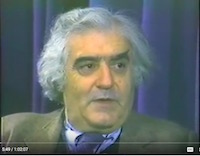
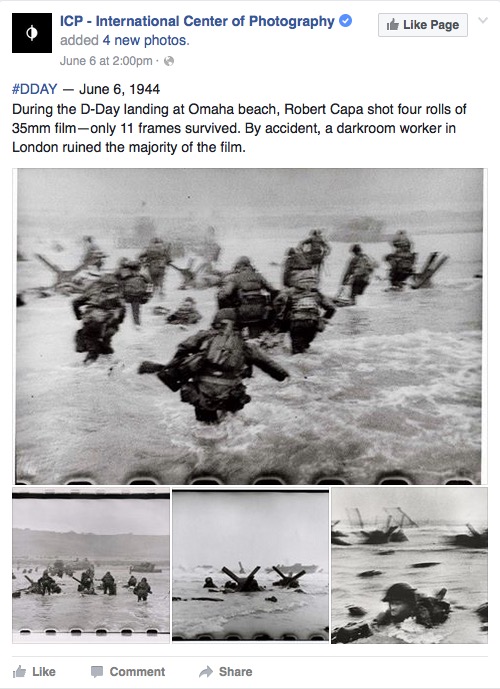
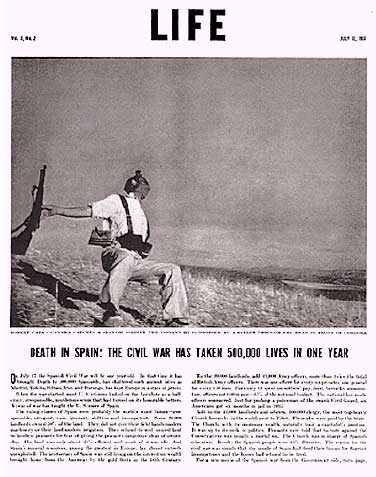
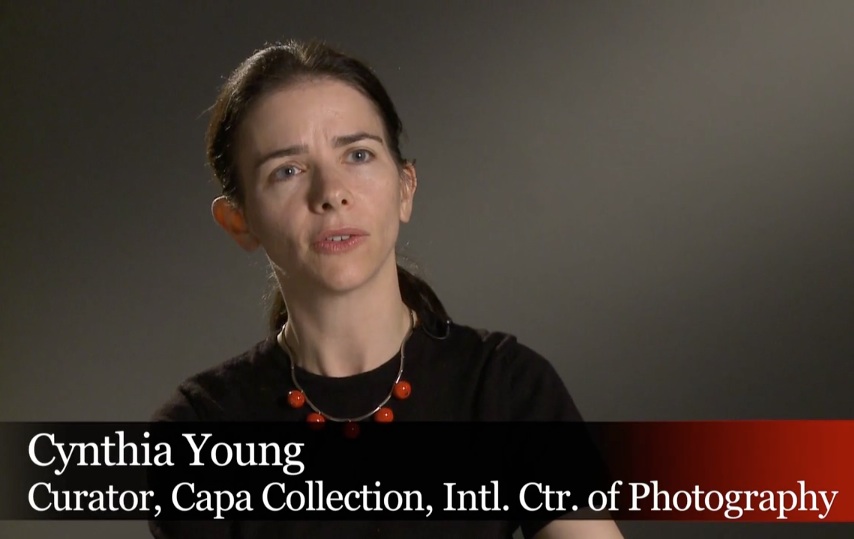
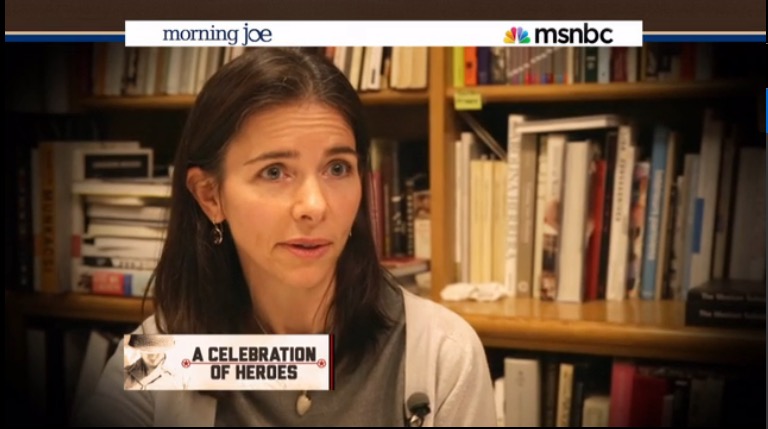
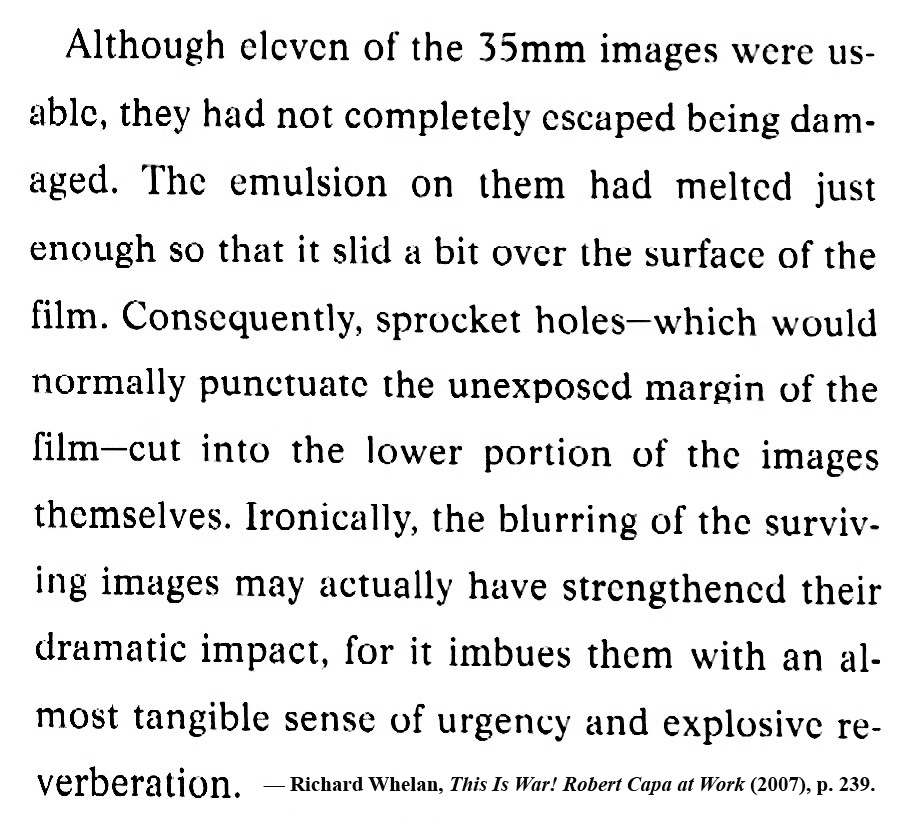
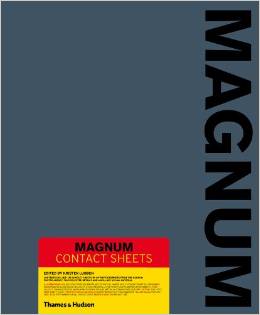
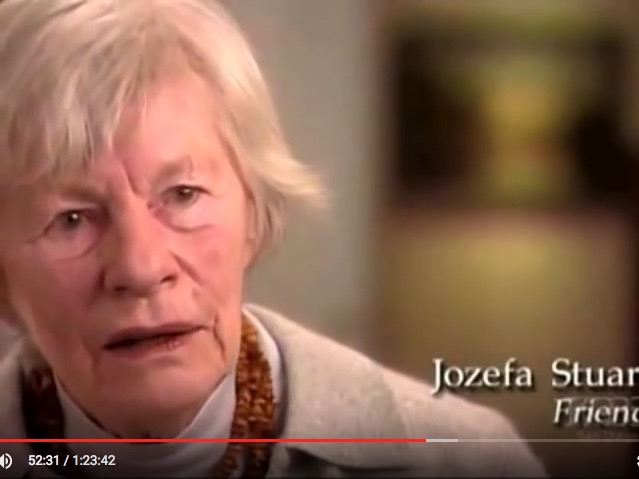
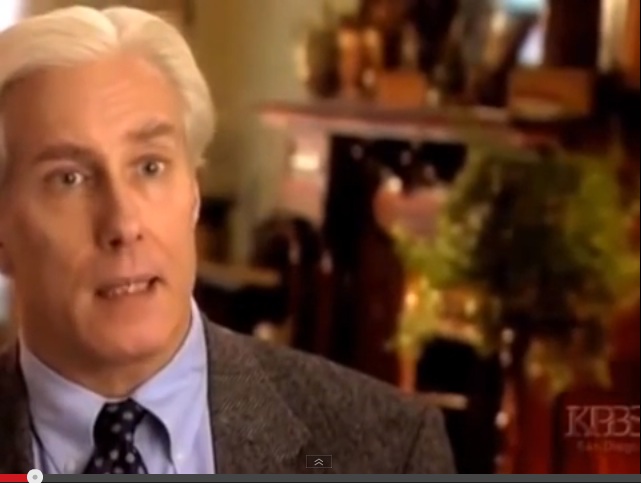
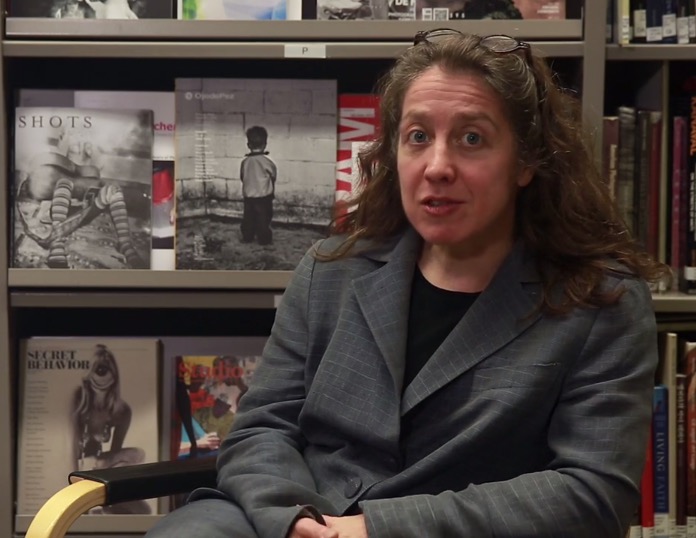




Leave a Comment